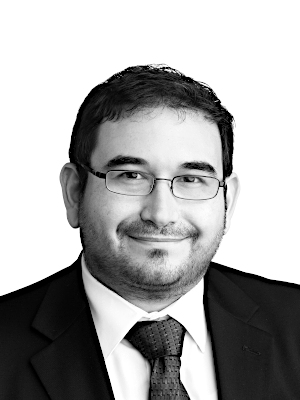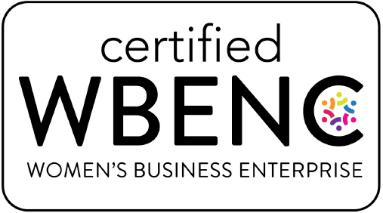Authored by:

Marco H. Santamaria
Patent Attorney
All Posts by Marco
Intellectual Property Filings in Foreign Jurisdictions
Foreign filings for a company’s intellectual property enhance the technology’s attractiveness and value to potential buyers who wish to do business in jurisdictions outside the United States. No single filing can secure copyright, trademark, or patent rights worldwide. However, international treaties streamline intellectual property filings in many countries. The United States is a signatory to international intellectual property treaties, including the Paris Convention for the Protection of Intellectual Property and the Patent Cooperation Treaty. Creators, innovators, and inventors must file intellectual property applications in each jurisdiction to obtain rights. Filing in foreign jurisdictions is potentially very expensive, especially for patent applications. Therefore, it is necessary to prioritize where to file patent applications to obtain maximum protection in the most cost-effective manner.
Marketing Inventions and the First Inventor to File Rule
Most countries around the world, including the United States, allow inventors to file their patent applications within a grace period after publication of their invention. This grace period is often between six and twelve months from publication. The United States allows inventors to use and commercialize their products or services for up to one year before filing a patent application. However, waiting to file a patent application is generally not recommended because of the First Inventor to File Rule. This rule awards a patent to the first inventor to file a patent application directed to an invention, who may not be the first inventor to conceive of the invention.
Jurisdictions to Prioritize for Patent Applications
The importance of a given jurisdiction depends on a number of factors, including, but not limited to, the type of technology, the marketability of a technology in a given jurisdiction, the enforceability of patent rights, and national considerations that may affect the deployment of a technology in the jurisdiction. Generally, there are five jurisdictions to prioritize when filing international patent applications: the United States, Canada, Australia, South Korea, and Europe. These five jurisdictions are large economies and are all members of the Patent Cooperation Treaty. Filing for protection in these regions is especially relevant for technologies accessible to consumers, such as computer technology, software, healthcare products or services, consumer products, etc. Other important jurisdictions include Brazil, China, and Japan. Patent rights enforcement in foreign jurisdictions is an important consideration when determining where to file because local infringers may be favored by courts even where there is clear infringement of a patent’s claims.
Potential Drawbacks to Foreign Patent Applications
Patent applications in foreign jurisdictions often present special challenges. These challenges may include the cost of prosecuting a given application. For instance, prosecuting a patent application at the European Patent Office (EPO) is expensive relative to the Chinese National Intellectual Property Administration (CNIPA). The EPO, CNIPA, and other jurisdictions may also have stricter patent laws that require applicants to modify claims filed in the United States, thus increasing the cost of the application. Other issues include extended delays at foreign patent offices, translation errors, claims restrictions, and patent oppositions by nationalized entities that can hinder prosecution or prevent a patent from issuing.
Filing international patent applications can be tricky and prone to pitfalls. Peacock Law is prepared to help your firm navigate the process. Contact us today to have your patent law questions answered by an expert.


